Tejraj Sahu, a farmer hailing from the Bargarh district of Odisha, remembers his finest day ever to be in March 2023. It was the day the farmer trusted his paddy subject with a brand new fertiliser. The cruel scorching solar coupled with unseasonal rains and lowered water holding capability of the sphere had spelt bother for Sahu’s crops for a while.
However simply when issues have been wanting bleak, he acquired to learn about a brand new fertiliser ‘Navyakosh’ that was making waves within the farming neighborhood in Uttar Pradesh.
Sahu instantly acquired in contact with its creator Akshay Shrivastav from Kushinagar. He wished to grasp if the fertiliser lived as much as what it promised — growing yield by 20 % whereas slicing the fee by 50 %.
Akshay assured him it did.
To realize Sahu’s belief, Akshay advised him he could be delivery him one tonne of the product (20 luggage of fertiliser) at no cost. “You may attempt it to consider it,” he advised Sahu, who was thrilled.
Within the months that adopted, not solely did this “miracle” product assist Sahu’s paddy subject tremendously, nevertheless it additionally elevated productiveness within the neighbouring fields the place it was used. In whole, 15 farmers have been witness to the wonders of the product.
The distinction within the well being of the crop was seen. And passersby have been fast to note. Sahu would inform everybody who enquired {that a} fertiliser was answerable for this drastic transformation. And shortly, many hopped onto the bandwagon of wanting to buy the product, compelling Sahu to begin an outlet the place he procured and bought LCB Fertilisers.

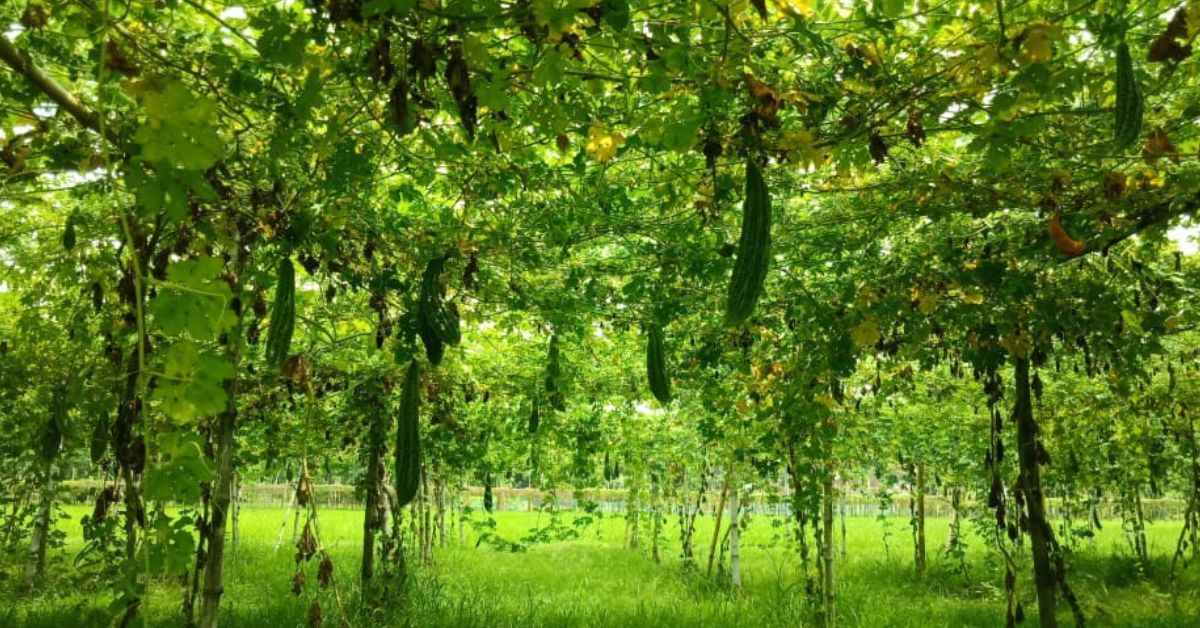
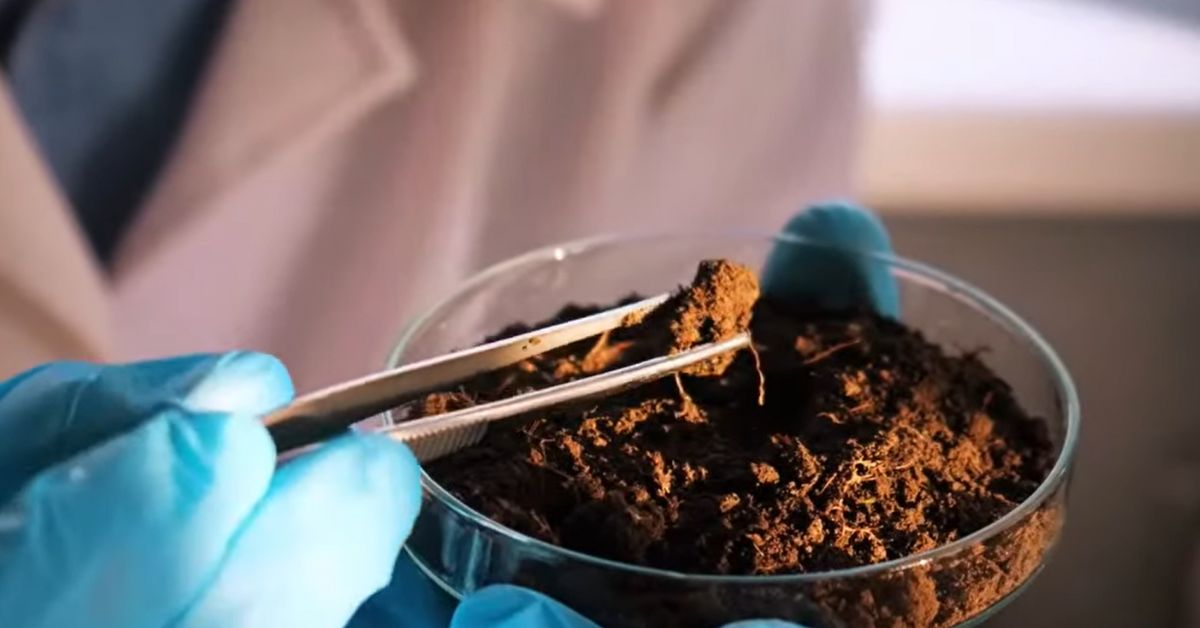
“Right now, his outlet promoting the Navyakosh fertiliser is a success!” Akshay shares with The Higher India. “He purchases it from us for Rs 600 per 50 kg and sells it for Rs 800.”
We sat down with him to grasp the enterprise mannequin and the way his journey started.
How it began
For the 25-year-old chemical engineer, having the ability to construct a model that’s serving to farmers is a dream come true. Belonging to a farming household who lived off the land, Akshay is not any stranger to the woes of the neighborhood.
He remembers watching with a breaking coronary heart as sudden rains would typically wash off their subsequent month’s meals. The 2 bighas of land (lower than one acre) the place the household grew wheat, mustard and sugarcane, have been their delight. “I’ve watched my dad and mom struggling to survive on agriculture. I’ve seen my father attempt every part to extend productiveness; from chemical fertilisers, natural fertilisers, cow dung, you title it and he has used it.”
He remembers how they have been typically chided for devoting a lot of their energies to the sphere.
“However our livelihood is farming. If our subject didn’t do effectively, what would we eat? We needed to deal with our subject!” he argues. So, years later, when he was tasked with a mission within the third yr of his faculty, Akshay didn’t need to ponder a lot on what this could be. The concept had been prepared since he was just a little boy.

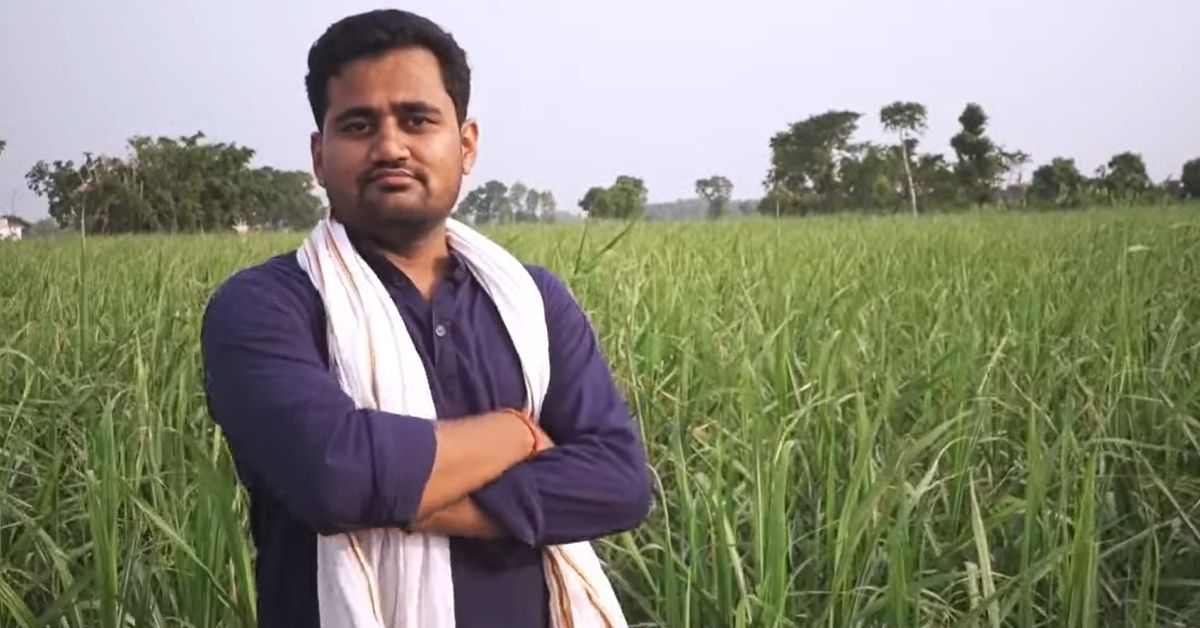
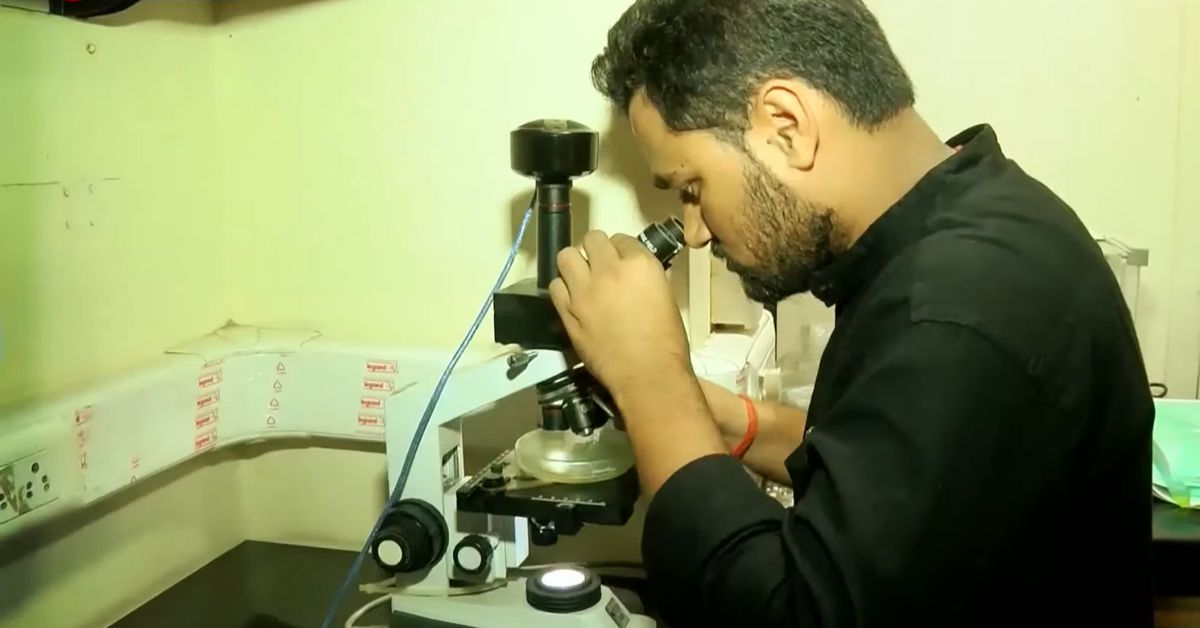
The battle between chemical and natural
Intent on creating an answer for farmers to extend their yield, Akshay explored the choices that lay earlier than him — both work on bettering the seed high quality or work on bettering the fertiliser high quality.
He selected the second for its potential.
“Everybody is aware of there are two sorts of fertilisers that exist. One is a chemical fertiliser, and the opposite is natural. One thing that I’ve by no means been in a position to perceive is why folks nonetheless use chemical fertilisers after they realize it’s dangerous results. Additionally, why haven’t natural fertilisers turn into standard despite their advantages?”
Within the pc lab of his faculty, Akshay started searching for the solutions. However the information he stumbled throughout solely added to his preliminary shock. A 2020 report by the BioMed Central (BMC) Public Well being Journal advised round 385 million folks, notably amongst farmers and agriculture staff, are poisoned by pesticides yearly. It additionally accounts for 11,000 deaths per yr. Among the many fatalities, almost 60 % or 6,600 deaths per yr, happen in India alone.
“Persons are dying on account of chemical fertilisers. However why are farmers nonetheless utilizing them?”
The following few weeks noticed the persistent engineer chase down his faculty professors with this query. However nobody appeared to have the solutions. Finally, they agreed to assist him analysis the web for the alternate options that existed to chemical compounds.
And that was when Akshay stumble on the thought of biofertilisers. Right now, as he prides himself on helming his startup, he smiles at how he by no means meant for it to turn into a enterprise. “LCB Fertilizers was only a faculty mission,” he says. Right now, the corporate has made a Rs 1.3 crore turnover.

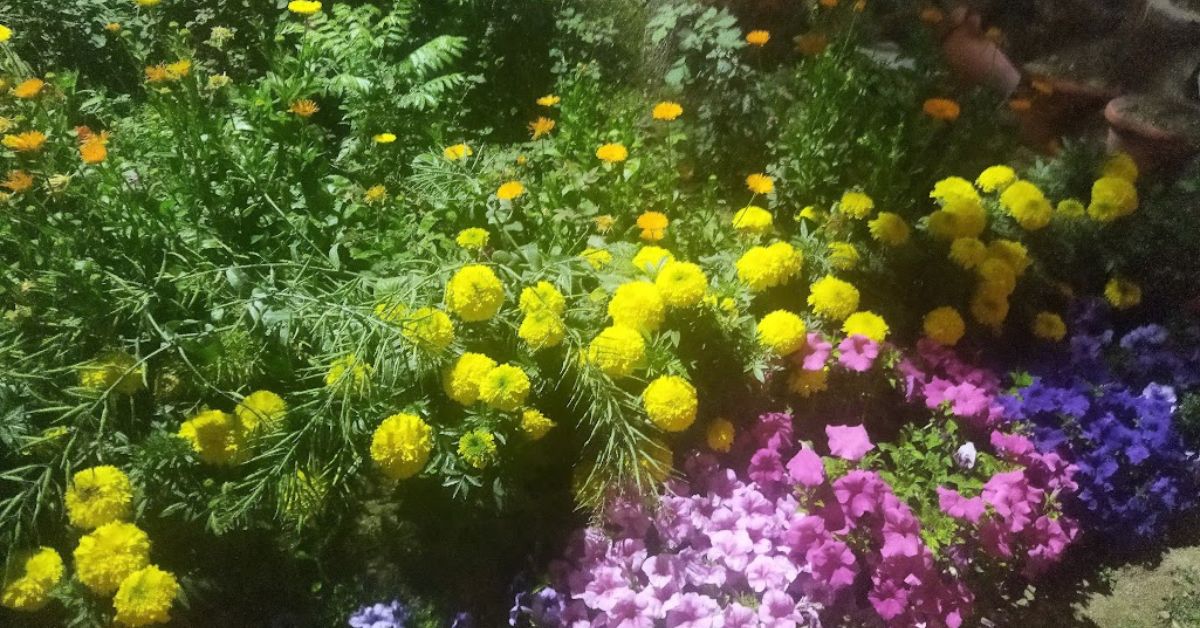

Creating the miracle product
It was throughout his internship years on the Indian Institute of Know-how (BHU) Varanasi, (IITBHU) that Akshay’s concept acquired scale. The technical internship in 2019 launched him to aspects of integrating tech into enterprise and commercialising an concept for social influence.
Following this, Akshay was chosen for the Ministry of Agriculture’s RKVY-RAFTAAR Scheme, which focuses on the improvement of agriculture and allied sectors. Whereas the thought of biofertilisers had taken root in his thoughts, he hadn’t but delved into the manufacturing course of. However while at IITBHU, he remembers a seminar that helped him along with his eureka second.
“I noticed that the processes of creating biofuel and biofertiliser have been very comparable. Each contain agricultural biomass being handled with microbes.” Thus started the journey of Akshay and his mentor testing totally different sorts of microbes throughout farming lands for his or her traits in a bid to see which might work finest when added to fertilisers.
In the direction of 2020, Akshay had managed to provide you with a set of biofertilisers that have been all performing effectively. That very same yr, he formally launched LCB Fertilizers Pvt Ltd. However simply when issues have been wanting up, the COVID-19 pandemic hit.
“We had ready microbe mixes within the laboratory and have been within the technique of testing the mixes on vegetation to test their effectivity. I needed to return dwelling with no concept of once I may get again to the lab. Within the time that I used to be away, the microbe mixes had dried up and have been now ineffective. I used to be again to sq. one — no lab, no cash and no hope for what’s subsequent.”
Disappointment at having been so near the dream, and having to surrender, clouded Akshay’s thoughts. Throughout this time he was additionally supplied a job, however a intestine feeling advised him he shouldn’t hand over on his dream simply but.
And so, the following day, with a Rs 10,000 funding, Akshay determined to show his shed exterior his dwelling into his lab. “I bought a pump from Amazon, a temperature sensor and I arrange a bioreactor in my home. I had the know-how to organize the fertiliser. I made a decision to do it at dwelling.”
Via the weeks that adopted, Akshay went round accumulating outdated wooden, and soil from various kinds of environments — from harsh climates, marshy areas to loamy soil and cow dung. The primary batch of fertiliser he ready weighed 3 kg.
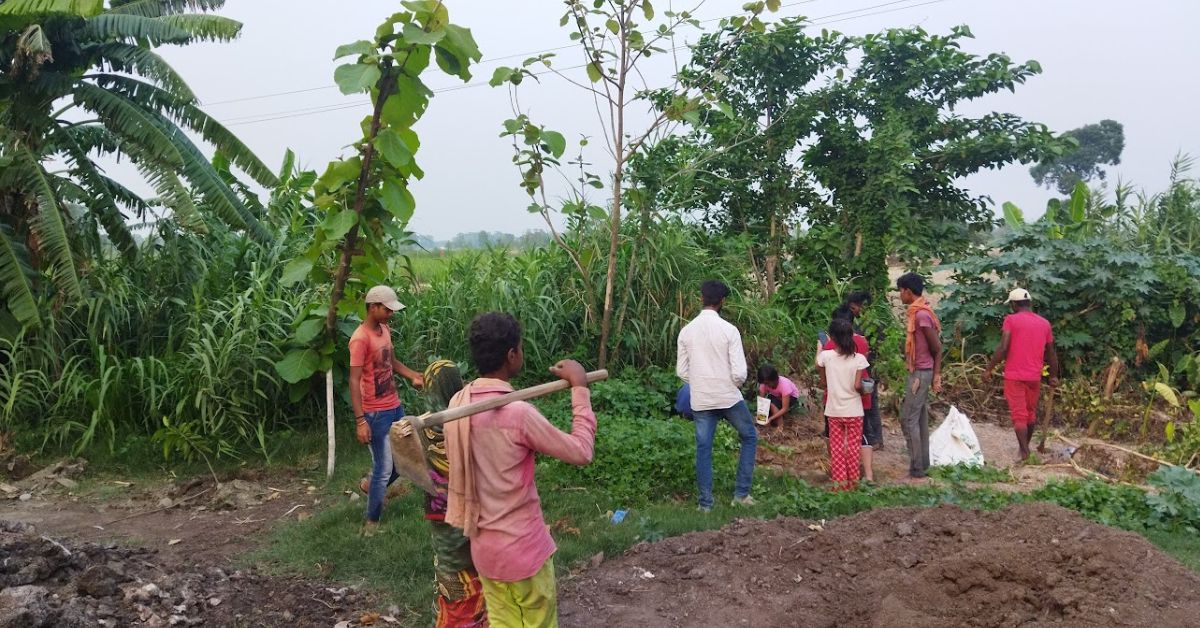

Akshay then proceeded to divide a 12 sq ft space exterior the house into totally different parts. He planted seeds of carrots, spinach and radish in every portion however the selection of fertiliser was totally different — one batch was grown with a chemical fertiliser, one was grown with cow dung, one was grown with LCB fertiliser and the final with no fertiliser in any respect.
And you’ll guess which one thrived! As soon as the lockdown eased in 2021, Akshay approached IIT Kanpur the place he met Dr Amitabha Bandopadhyay who helped him entry labs, workplace area, and extra.
Along with this, a NIDHI Prayas Grant from the Division of Science and Know-how, together with monetary assist of round Rs 8 lakh, additionally boosted the product’s improvement. Akshay was joined by Mukesh Singh, Shubhendra and Raj Kamal in his efforts.
What’s so particular about this fertiliser?
Elaborating on why crops appear to be loving the LCB fertiliser, Akshay says it’s as a result of it supplies them with every part they have been lacking in different chemical and natural fertilisers.
“Merely put, the fertiliser has 4 parts. The primary is a mix of microbes — nitrogen-fixing, potassium-mobilising, phosphorus-solubilising, and Trichoderma. This set helps the plant entry the vitamins that it must develop effectively,” he says.
The second part is agricultural biomass. This includes seven kinds of biomass equivalent to bagasse, cow dung, and many others. The third part is the nanoparticles which improve the resistance of the microbes and assist them survive in areas the place it’s sizzling. “It makes them thermophilic in order that the microbes can survive at temperatures as excessive as 70 levels celsius,” he says.
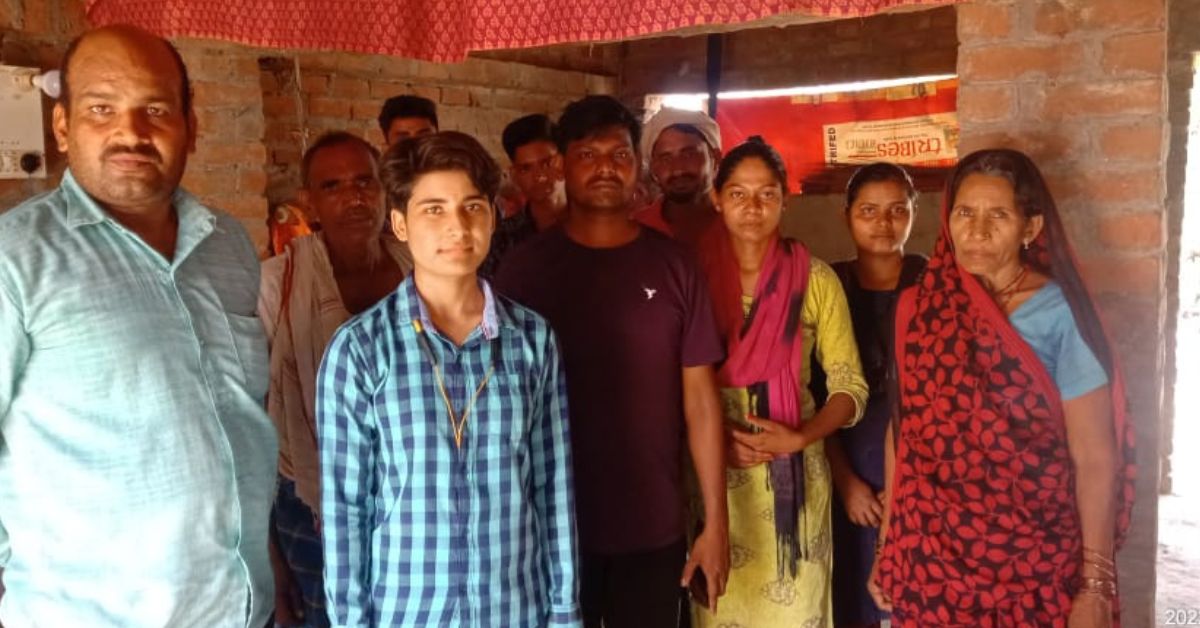
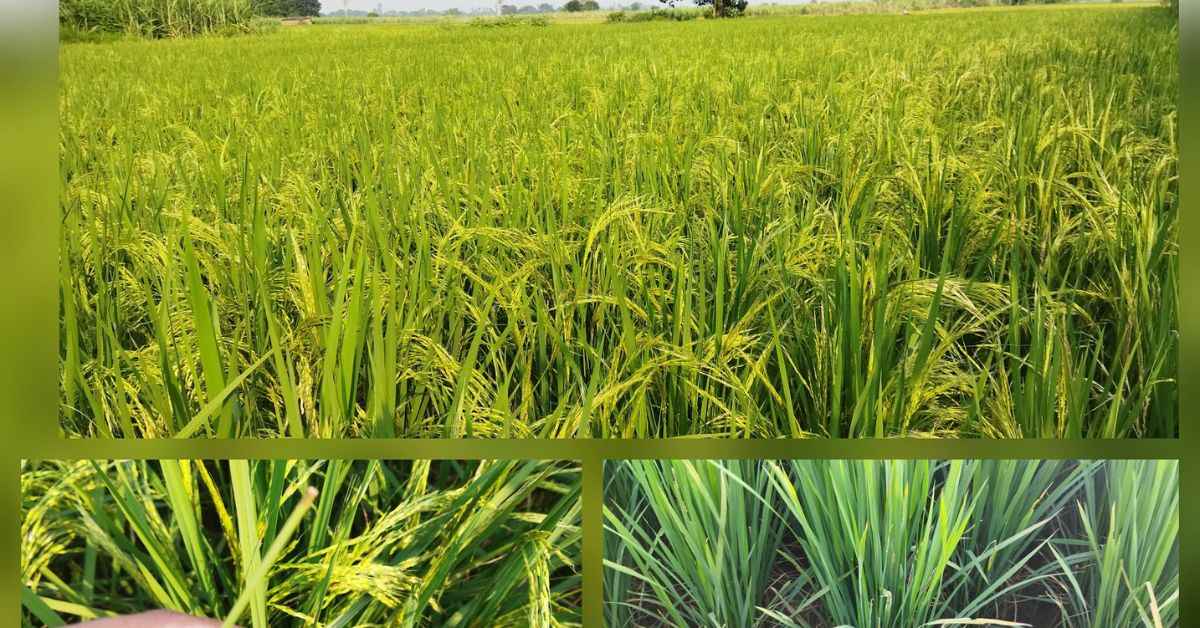
“The fourth part is a polymer which holds 260 instances its weight in water and helps vegetation in drought-prone areas,” Akshay provides. “The LCB fertiliser helps scale back the fee for a farmer (from Rs 6600 for one acre to Rs 4000 for an acre) whereas making the method hassle-free. Due to the polymer, farmers solely need to irrigate the land as soon as in 25 days in distinction to as soon as in 15 days.”
Right now, Akshay claims that over 35,000 farmers have benefitted from the product. As increasingly farmers are adopting this new piece of surprise, Akshay says he feels it’s a private win. “I’ve grown up watching what farmers need to endure due to merchandise that don’t carry out effectively. I’m glad that I can assist,” he says.
Edited by Padmashree Pande